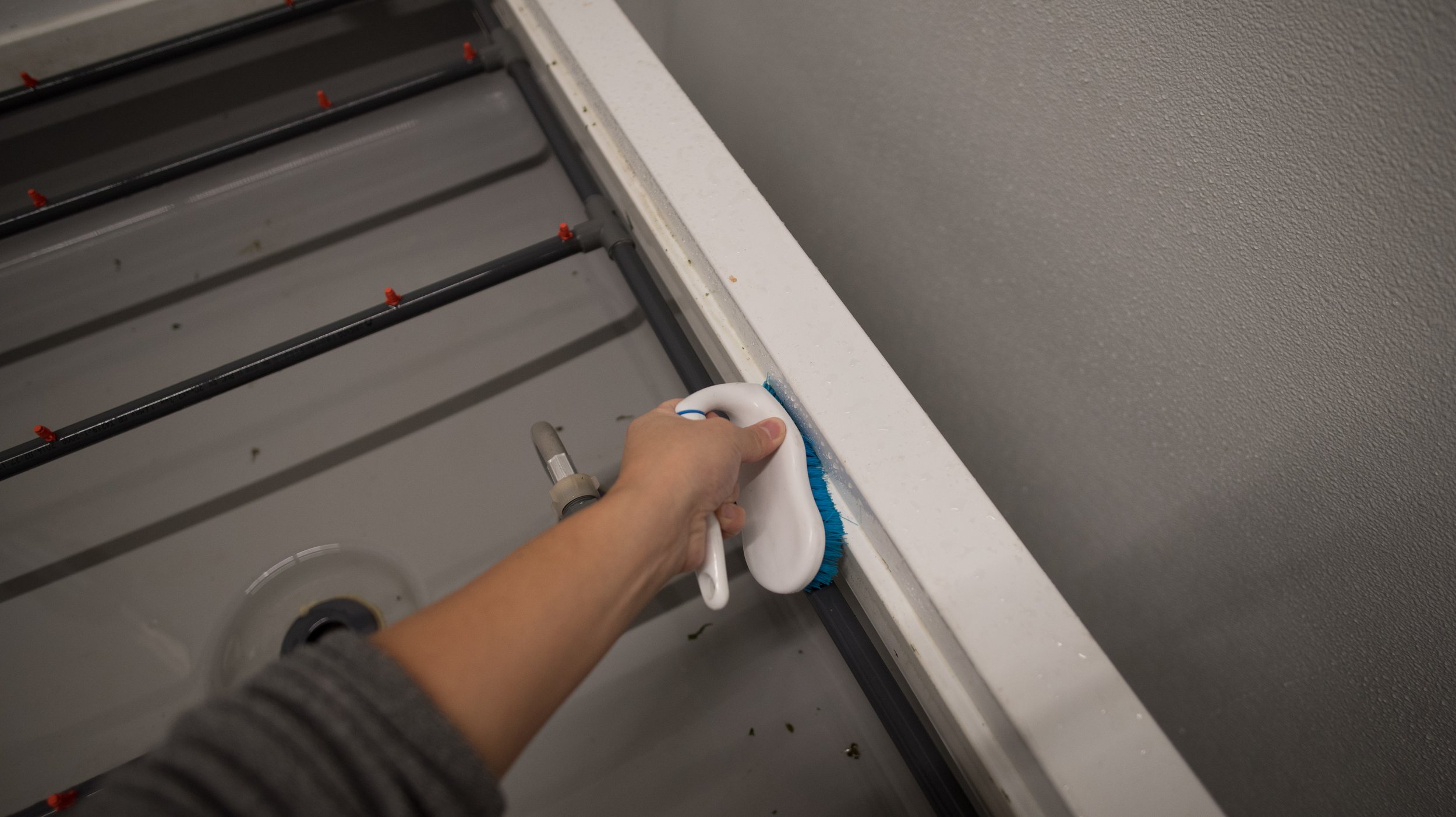Letters from the Science Team
Green floral leaf lettuce grown aeroponically in the AEtrium 2.1 Vertical Farm System
Information And Tips That Can Help You Grow Better
Dosing Explained – Percent, PPM, Dilution Ratios
June 21st, 2023
When adding any chemical to a hydroponic system, it is critical to understand the dosing rate, dosing schedule, and acceptable applied concentration in solution. A proper understanding of these concepts is necessary to effectively control pathogens through chemical means and avoid chemically induced phytotoxicity.
Hypochlorous Acid Decomposition In Storage
December 15th, 2022
All free chlorine species, including hypochlorous acid, are unstable and will decompose overtime. Purchased Hypochlorous acid solutions typically have a 90 day shelf life after opening, whereas hypochlorous acid generated on site can decompose within 24-48 hours.
HOCl (Hypochlorous Acid) Introduced
December 7th, 2022
Disinfecting fertigation water prior to and during use is critical for minimizing pathogen establishment and transmission. Chlorine has been used to disinfect water for over one hundred years. While water chlorination can take many forms, a selective few are appropriate for hydroponic applications. Hypochlorous acid is one form of chlorine that is highly effective at disinfecting and maintaining water cleanliness in hydroponic systems. Despite its general utility, the instability of hypochlorous acid in solution and the creation of disinfection by-products can cause issues if not properly addressed.
H2O2 EXPLAINED
November 30th, 2022
Disinfecting fertigation water prior to and during use is critical for minimizing potential transmissions of pathogens. As a strong oxidizer, H2O2 can be applied to prevent the growth of plant pathogens within fertigation water. While H2O2 can be used to treat established pathogens, it is most effective when used as a preventative treatment.





